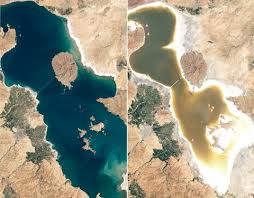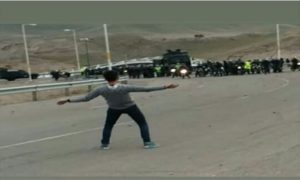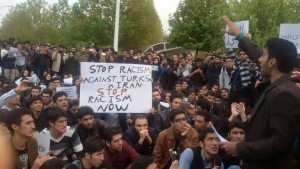
According to the United Nations Resident Coordinator in the Islamic Republic of Iran, 600,000 people have migrated from areas surrounding the lake and wetlands and the people remaining in the area are living in conditions of increasing poverty.
Right to health and its underlying determinations
1. Environment
“The five-year development plan includes a call for the management of the country’s delicate ecosystem, especially Lake Urmia, and includes measures to manage and reduce greenhouse gas and air pollution levels in line with international standards. Positive steps have been taken to identify solutions for the desiccation of Lake Urmia and the Hamoun wetlands in Sistan va Baluchestan Province and to tackle greenhouse gas emissions and air pollution.
82. For example, a joint invitation for an international round table was extended by the Department of the Environment and the United Nations Development Programme in March 2014. The participants reviewed what were termed the “serious social, economic and health” implications of the phenomena for the ecosystem and its inhabitants, including a number of globally threatened species. In the joint report, the Government’s commitment to saving Lake Urmia was recognized, but it was also indicated that “real action is lagging”.
83. On 20 April 2014, officials reported that 93 per cent of Lake Urmia had dried up, doubling standard salinity levels and resulting in an increase in cancer and respiratory diseases. Local officials have maintained that, if the necessary measures are not taken by October 2014, the southern part of the lake will disappear, which could force up to 5 million people to migrate from the area.
84. According to the United Nations Resident Coordinator in the Islamic Republic of Iran, 600,000 people have migrated from areas surrounding the lake and wetlands and the people remaining in the area are living in conditions of increasing poverty.
The number of sandstorms and dust storms has almost doubled from 120 to 220 days each year.
The desiccation of the Hamoun wetlands has also led to an increase in tuberculosis in the city of Zabol, while the desiccation of Lake Urmia has had a major impact on the socioeconomic situation of inhabitants who depend on its water, in particular for agriculture.
Click to read full report of UN on Human Rights in Iran: UN’s Report on Iran





